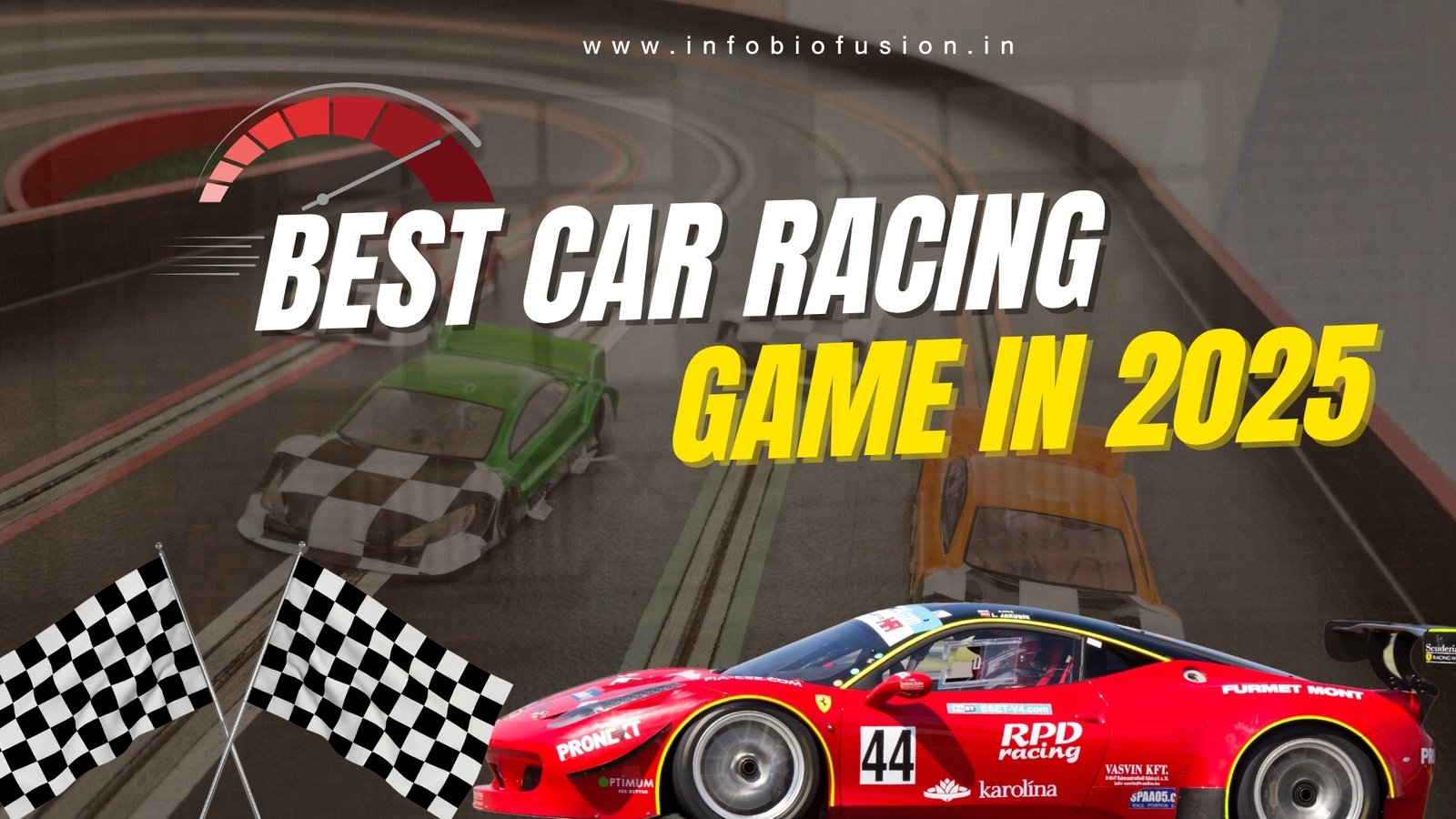Realistic car racing games have become a favorite among gaming enthusiasts who crave high-speed thrills combined with lifelike experiences. These games are designed to simulate real-world driving conditions, offering players an immersive and adrenaline-pumping journey on virtual tracks. From detailed car models to dynamic weather effects, everything is crafted to feel as close to reality as possible.
One of the main attractions of realistic car racing games is their advanced physics engine. It replicates the handling of different vehicles, taking into account weight, speed, and road grip. Players can feel the difference between driving a sports car on a dry highway and maneuvering an SUV on a wet mountain road. This attention to detail keeps players fully engaged.
Graphics play a significant role in making these games stand out. High-resolution textures, realistic lighting, and meticulously designed environments give players the sensation of actually being on a racetrack. Reflections on car surfaces, motion blur effects, and particle animations like dust and rain enhance the overall visual experience.
Sound design in realistic racing games is equally impressive. The roar of engines, the screeching of tires, and ambient noises like wind and cheering crowds make players feel like they are part of a live race. Many games also offer customizable audio settings so players can fine-tune the sound experience to match their preferences.
Customization options allow players to modify their cars extensively. From engine tuning and suspension adjustments to visual upgrades like paint jobs and decals, these features give players the freedom to create their dream vehicles. This level of personalization adds depth and encourages players to spend more time perfecting their rides.
Realistic car racing games often include multiple game modes such as career, time trial, and multiplayer. Career mode lets players progress through different leagues and challenges, while multiplayer brings the excitement of competing against real players worldwide. These varied modes keep the gameplay fresh and engaging.
Dynamic weather and time-of-day systems are other standout features in modern racing games. Players might start a race in bright daylight only to finish it under heavy rain at night. These changing conditions affect visibility and road traction, forcing players to adapt their driving strategies on the fly.
Many games also focus on providing accurate representations of real-world tracks and locations. From famous circuits like Nürburgring and Le Mans to city streets and countryside roads, the variety of environments ensures players never get bored. Driving through these iconic settings adds a layer of authenticity to the experience.
The rise of mobile platforms has brought realistic car racing games to a wider audience. With optimized graphics and smooth controls, players can now enjoy console-level racing experiences on their smartphones. This accessibility has made the genre popular among casual gamers and hardcore racing fans alike.
Overall, realistic car racing games offer a perfect blend of excitement, skill, and realism. They transport players into high-speed worlds where precision and strategy matter as much as speed. As technology continues to evolve, these games are set to become even more lifelike, pushing the boundaries of what virtual racing can achieve.
Multiplayer modes in realistic car racing games bring a whole new level of excitement and challenge. Competing with real players from around the world adds unpredictability and pushes gamers to improve their skills constantly. Leaderboards, tournaments, and live events keep the competitive spirit alive and make every race feel like a high-stakes battle.
Many racing games now include VR and AR features, allowing players to step inside the car and experience races from a first-person perspective. With VR headsets, players can look around the cockpit, check side mirrors, and feel a sense of depth that traditional screens cannot match. This immersive experience takes realistic racing to a completely new level.
Developers are also focusing on improving AI drivers in single-player modes. Modern AI opponents react dynamically to player actions, take advantage of openings, and even make mistakes under pressure. This makes races feel less scripted and more like real competitions where every decision counts.
Realistic damage systems add to the authenticity of these games. Collisions result in visible dents, scratches, and even mechanical failures that affect car performance. Players need to drive carefully, balancing aggression with strategy to avoid ruining their vehicles mid-race. This layer of realism adds tension and encourages smarter driving.
For enthusiasts who love realism, cockpit views and detailed dashboards provide an extra level of immersion. Players can see working speedometers, fuel gauges, and even hand movements as they steer through tight corners. These small touches contribute greatly to making the experience feel lifelike.
Online communities around realistic car racing games are thriving, with players sharing mods, custom liveries, and gameplay tips. Modding support in some games allows users to add new cars, tracks, and features, extending the life of the game and keeping it fresh for years. This collaborative environment has helped some titles stay popular long after release.
Esports tournaments centered on car racing have also gained massive popularity. Professional players compete in high-stakes events watched by millions worldwide. These competitions highlight the skill and precision required in realistic racing games, proving that they are more than just casual entertainment.
Accessibility features are improving as well, allowing players with different abilities to enjoy the thrill of realistic racing. Customizable controls, assistive driving options, and scalable difficulty levels make the games inclusive for everyone without sacrificing the core challenge for seasoned players.
The evolution of mobile hardware means even handheld devices can now run realistic racing games with stunning graphics and smooth performance. Portable racing experiences with console-quality visuals are attracting more casual players into the genre, growing its fanbase across all age groups.
In the future, realistic car racing games are expected to push boundaries with AI co-drivers, real-time weather tracking, and even integration with actual car telemetry systems. These advancements will blur the line between virtual and real racing, offering players an experience that’s closer to sitting in an actual race car.

